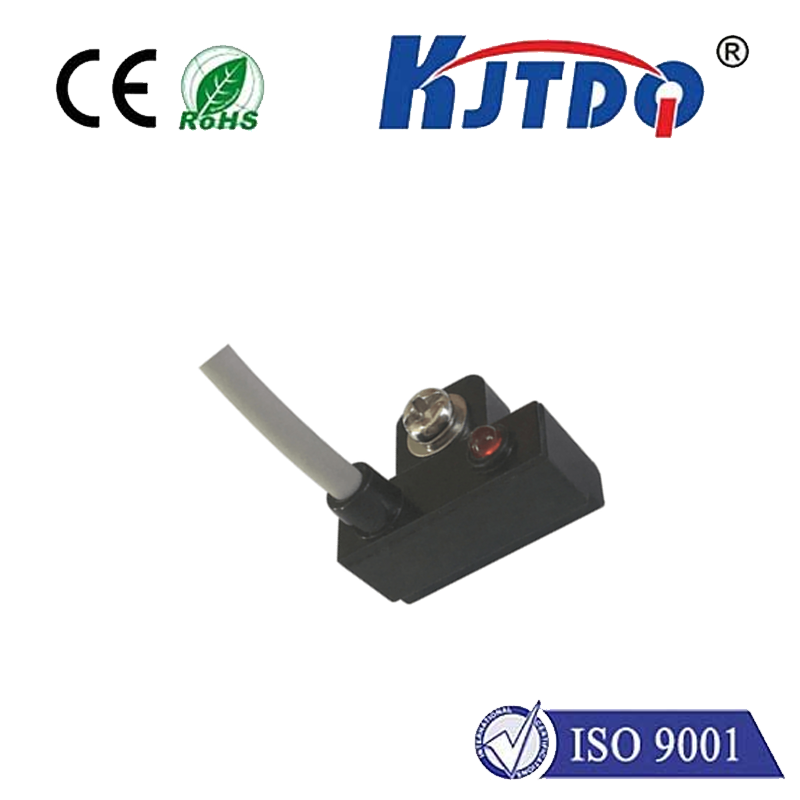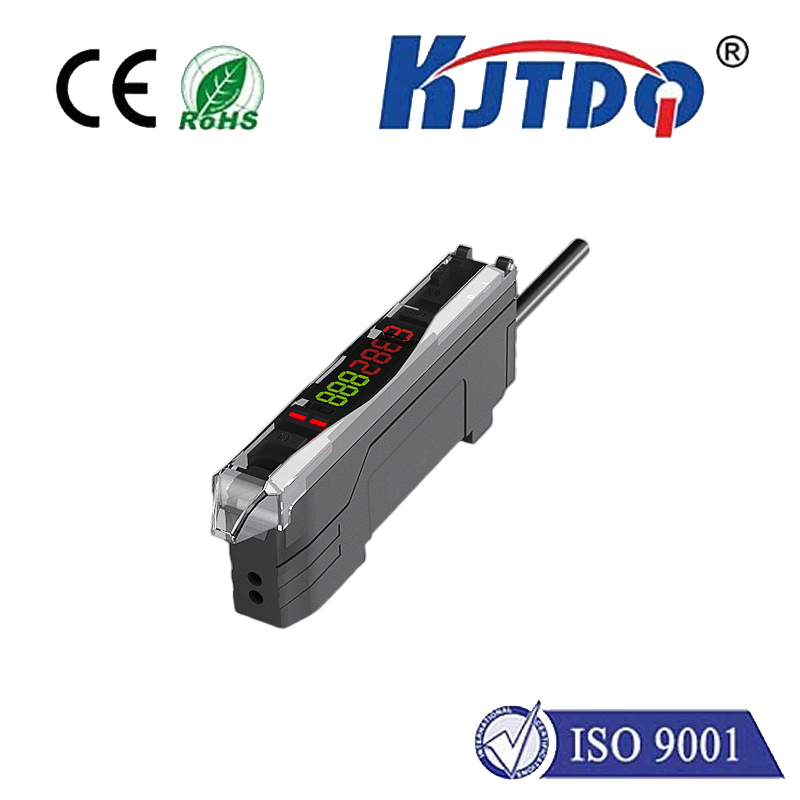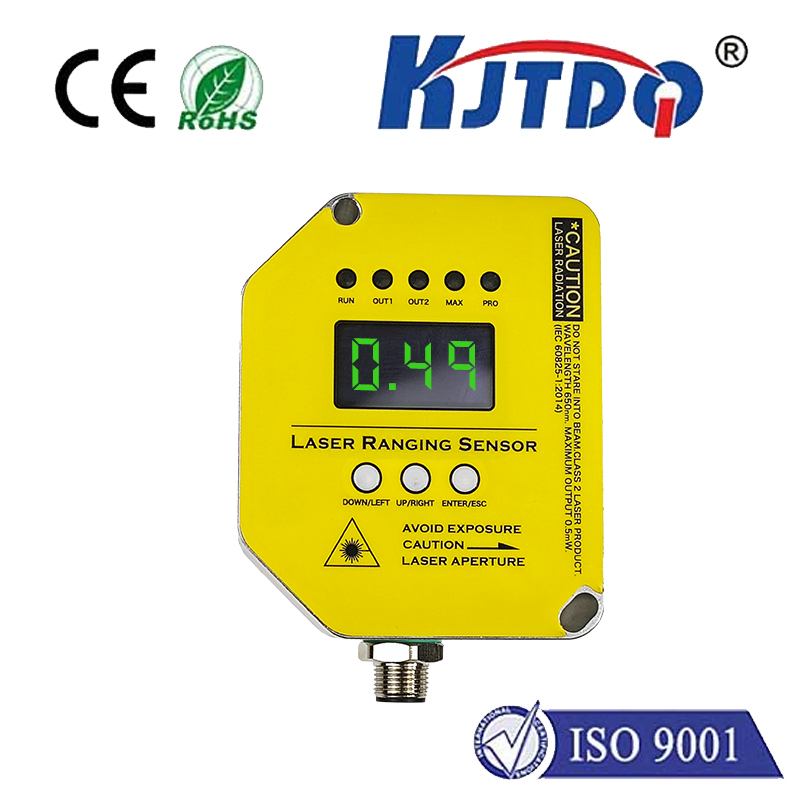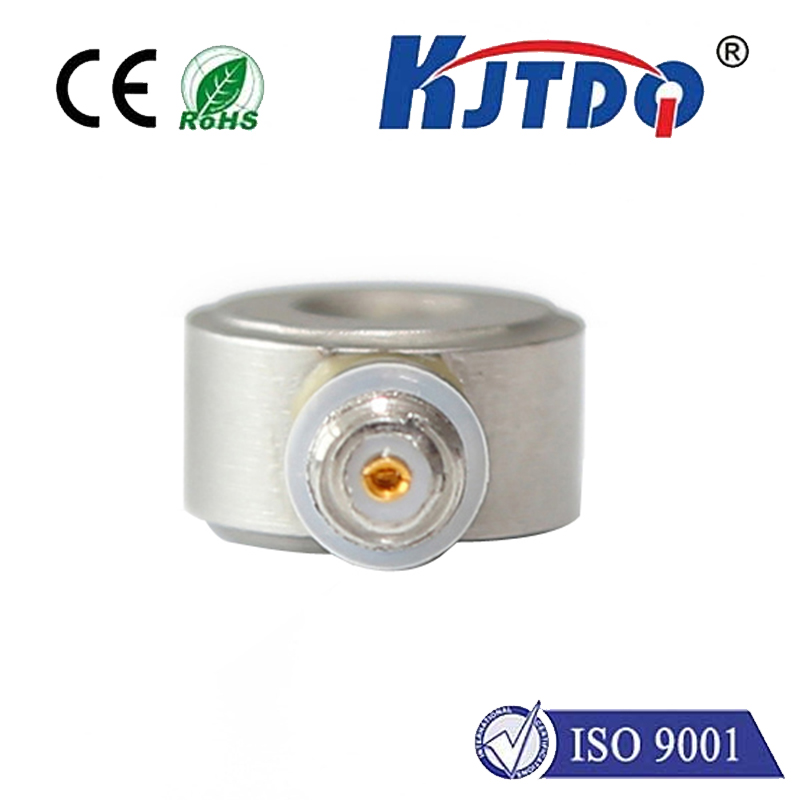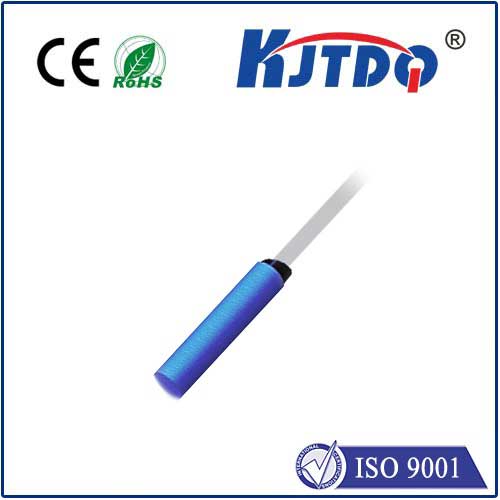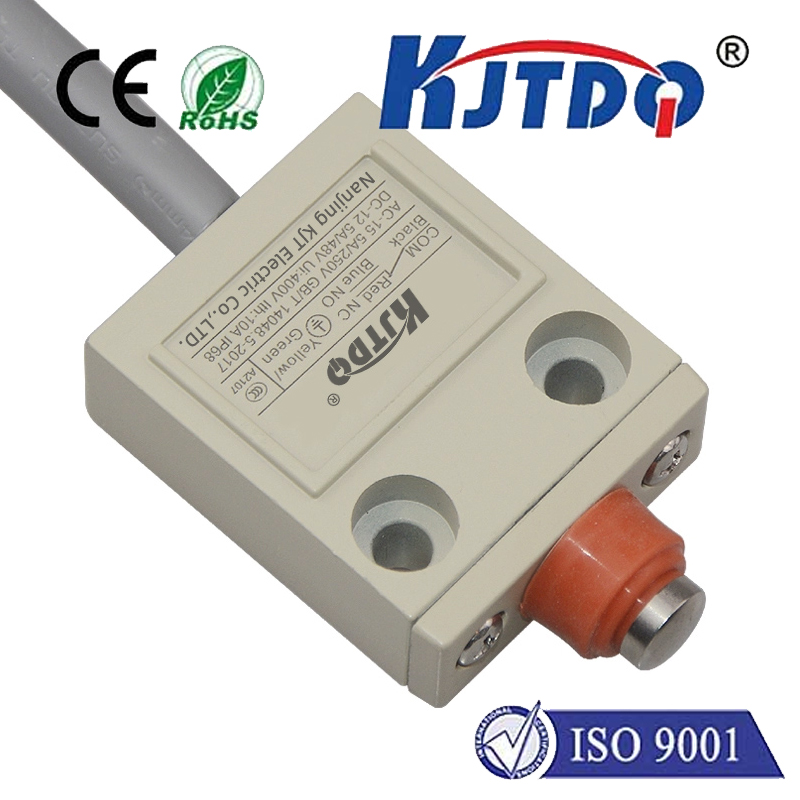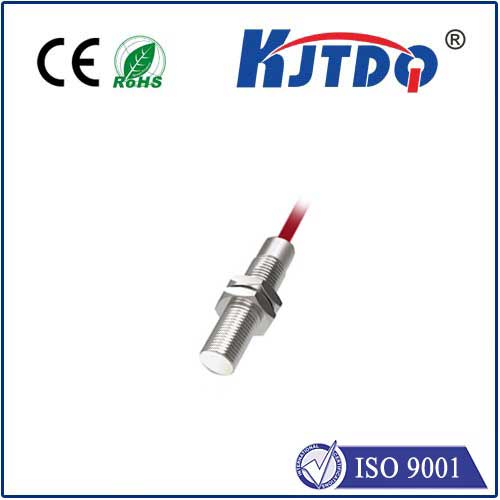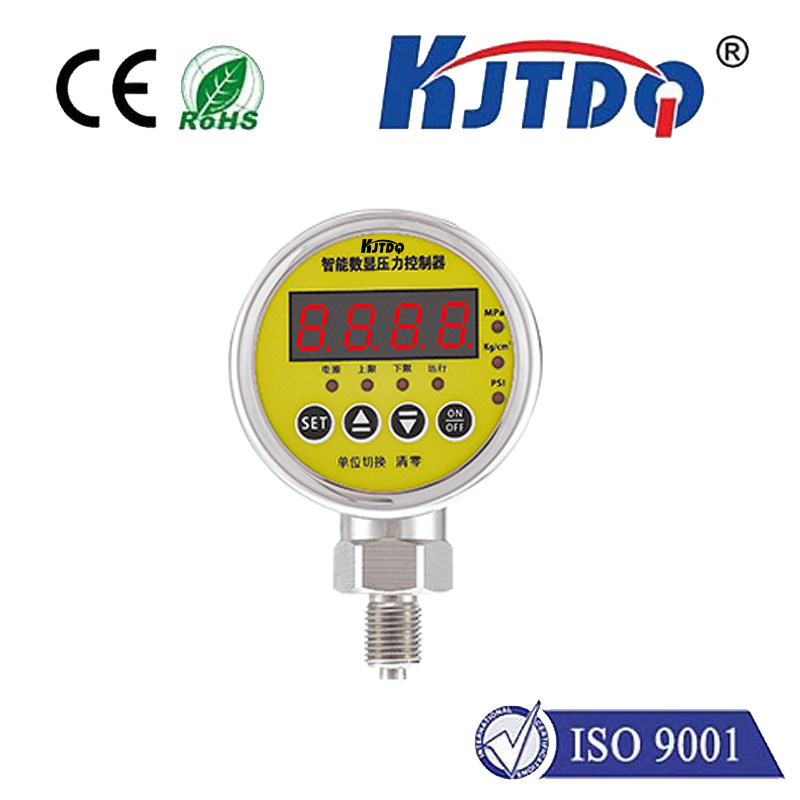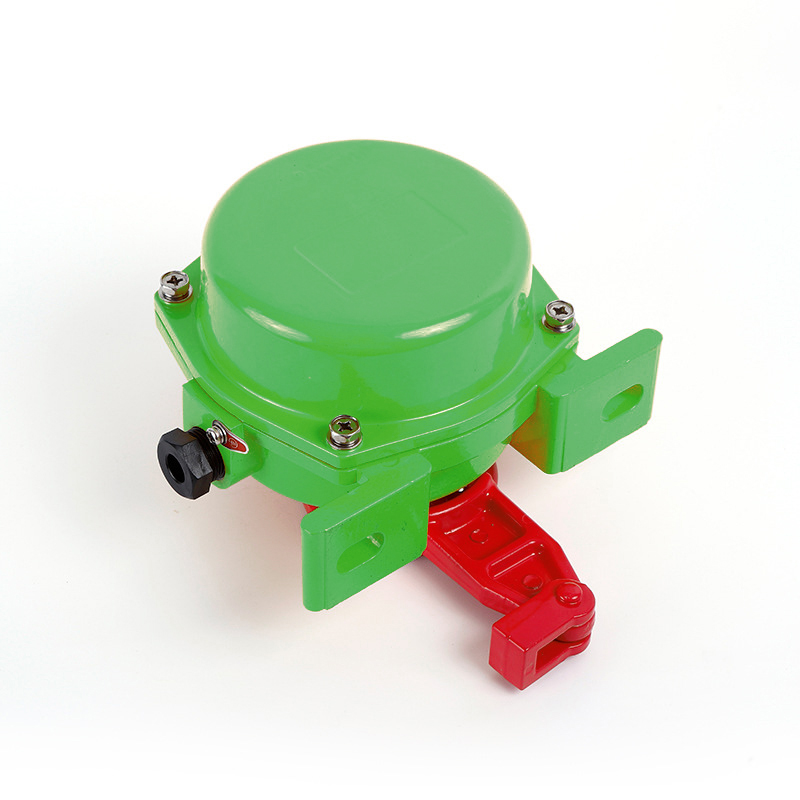
check

check

check

check
Subtitle: How to Determine the Perfect Voltage for Your Sensor
Proximity sensors are commonly used in a variety of applications, such as automotive systems, robotics, and home automation. One important aspect to consider when using these sensors is the input voltage required to operate them correctly. In this article, we will explore what constitutes an appropriate input voltage for proximity sensors and how to determine it.
To begin with, it is essential to understand that different types of proximity sensors have varying input voltage requirements. For instance, some sensors may require a higher voltage than others to function optimally. As a result, before selecting a specific proximity sensor for your application, it is crucial to check its specifications and identify the ideal input voltage range.
Once you have identified the recommended input voltage range for your sensor, the next step is to measure the current voltage supplied to the sensor. This can be done using a multimeter or similar device. Once you have measured the voltage, you can compare it with the recommended range to determine whether it is suitable for your sensor. If the voltage is too low or too high, you may need to adjust the power supply accordingly.
It is also important to note that excessive voltage can damage the sensor or lead to inaccurate readings. On the other hand, a lack of voltage can cause the sensor to malfunction or produce incorrect results. Therefore, it is crucial to maintain the correct voltage range at all times to ensure reliable performance from your proximity sensor.
In conclusion, understanding the input voltage requirement for proximity sensors is crucial for ensuring optimal performance and accuracy in your applications. By carefully selecting and maintaining the correct voltage range, you can maximize the effectiveness of these sensors and achieve better results in your projects.
